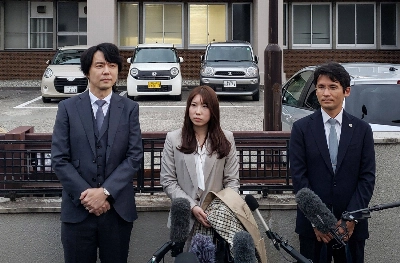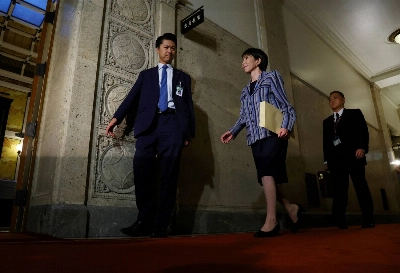One of the greatest episodes in Japanese history occurred so long ago it is in danger of being forgotten.
The earliest rumblings were in the fifth century. The climax — a palace revolt — came in 645. It marked a new era. The name given it is fitting: Taika, “great reform.” There have been few greater. Japan entered it in semi-barbaric infancy. Few foresaw — though some perhaps did — the splendors of the Nara Period (710-94) a mere half-century ahead.
Behind the reform lay 250 years of contact with China, mother of arts, sciences and modes of government whose reverberations are felt worldwide to this day. Japan then scarcely had a government, properly speaking. Its imperial clan’s supposed descent from the sun goddess was vaguely acknowledged by other clans — who persisted all the same in claiming their own dignity and going their own way. A “nation” in the modern — or ancient Chinese — sense hardly existed.


















With your current subscription plan you can comment on stories. However, before writing your first comment, please create a display name in the Profile section of your subscriber account page.